One of the biggest-selling and most-loved children’s picture books in New Zealand is undoubtedly My Cat Likes to Hide in Boxes by Eve Sutton and Lynley Dodd. Sarah Lin Wilson looked into the story behind the story.
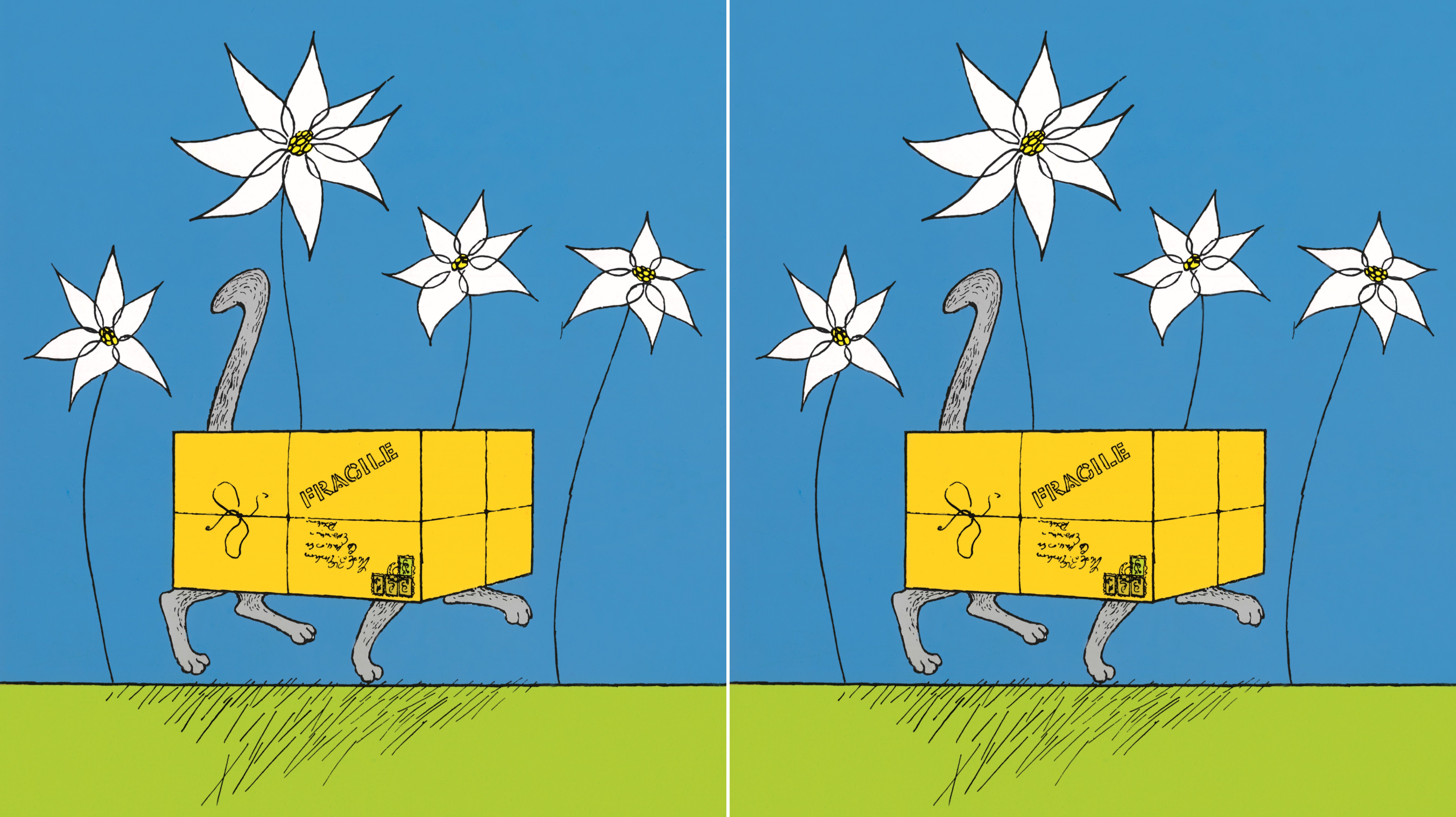
There were two things I liked to do at playschool, according to my parents. The first was to bolt inside, strip off, and climb into the dress-up box. And the second was repeatedly attempting to steal the centre’s copy of Eve Sutton and Lynley Dodd’s cult classic, My Cat Likes To Hide In Boxes.
We already had the book at home. But four-year-old me, clearly aspiring to a life of high-stakes cat burglary, was set on trying to smuggle my favourite friend out with me. Given I was often also wearing stolen clothes, this didn’t really go in my favour.
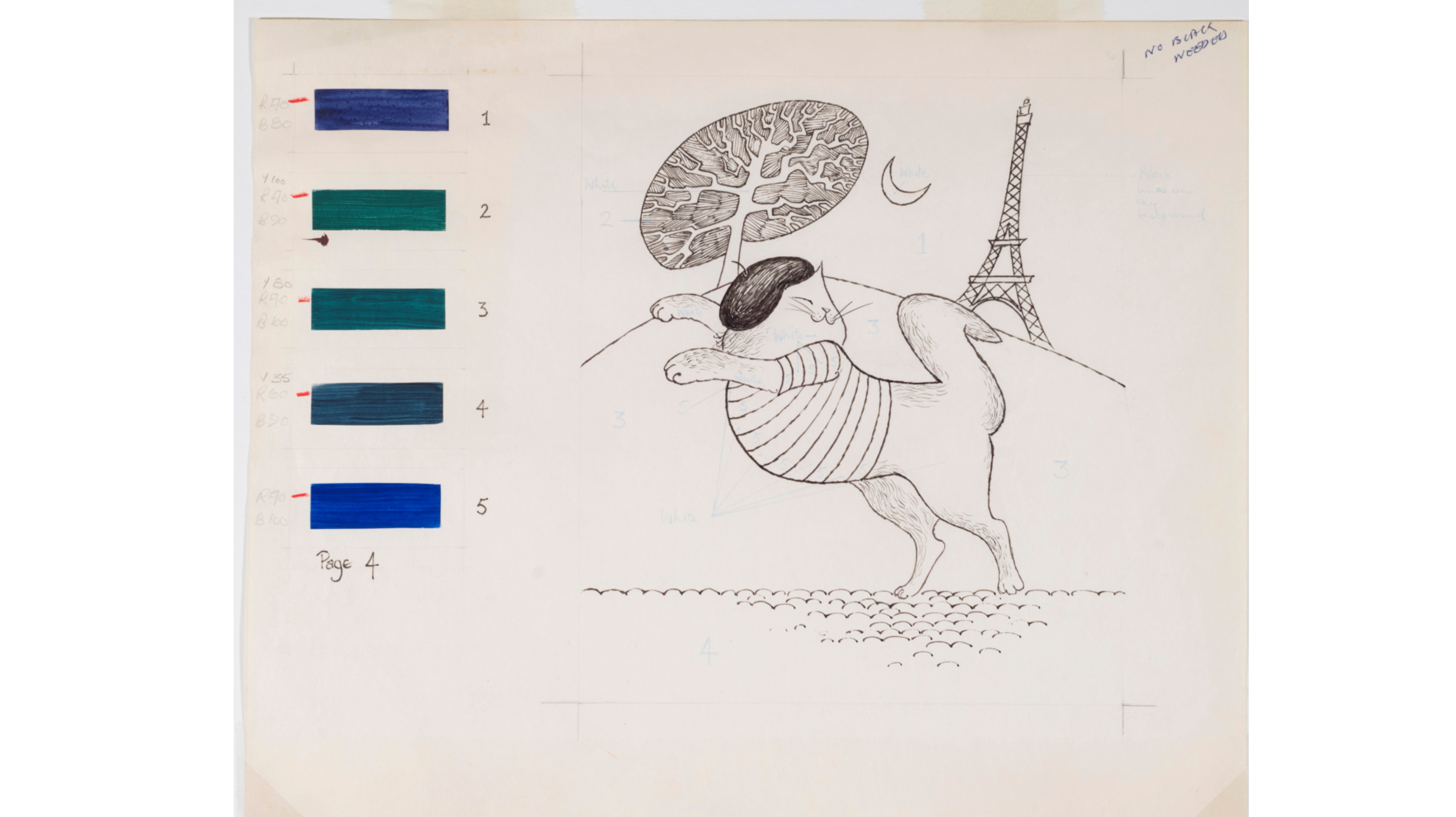
I was shocked to discover that My Cat Likes To Hide In Boxes is now 46 years old. I, somewhat sadly, have grown out of my penchant for thievery – but I still remember every word of this book.
Writer Eve Sutton and illustrator Lynley Dodd, who were cousins by marriage, talked many times about collaborating on a children’s book. They just didn’t know what the story should be.
Lynley said to Eve, ’The only thing I can think of is our crazy cat who climbs in and out of boxes and cupboards. Can you make anything out of that?’
… As it turned out, they could.
So it was that Wooskit, Lynley’s black-and-white rescue cat, became the model for the titular kitten in My Cat, as well as for Slinky Malinki in Dodd’s famous ‘Hairy Maclary’ series.
Lynley’s husband described Wooskit as a ‘standard SPCA dustbin cat’, but she said ‘he had a huge amount of character… the sort of cat who would go for very long walks with you up in the hills.’
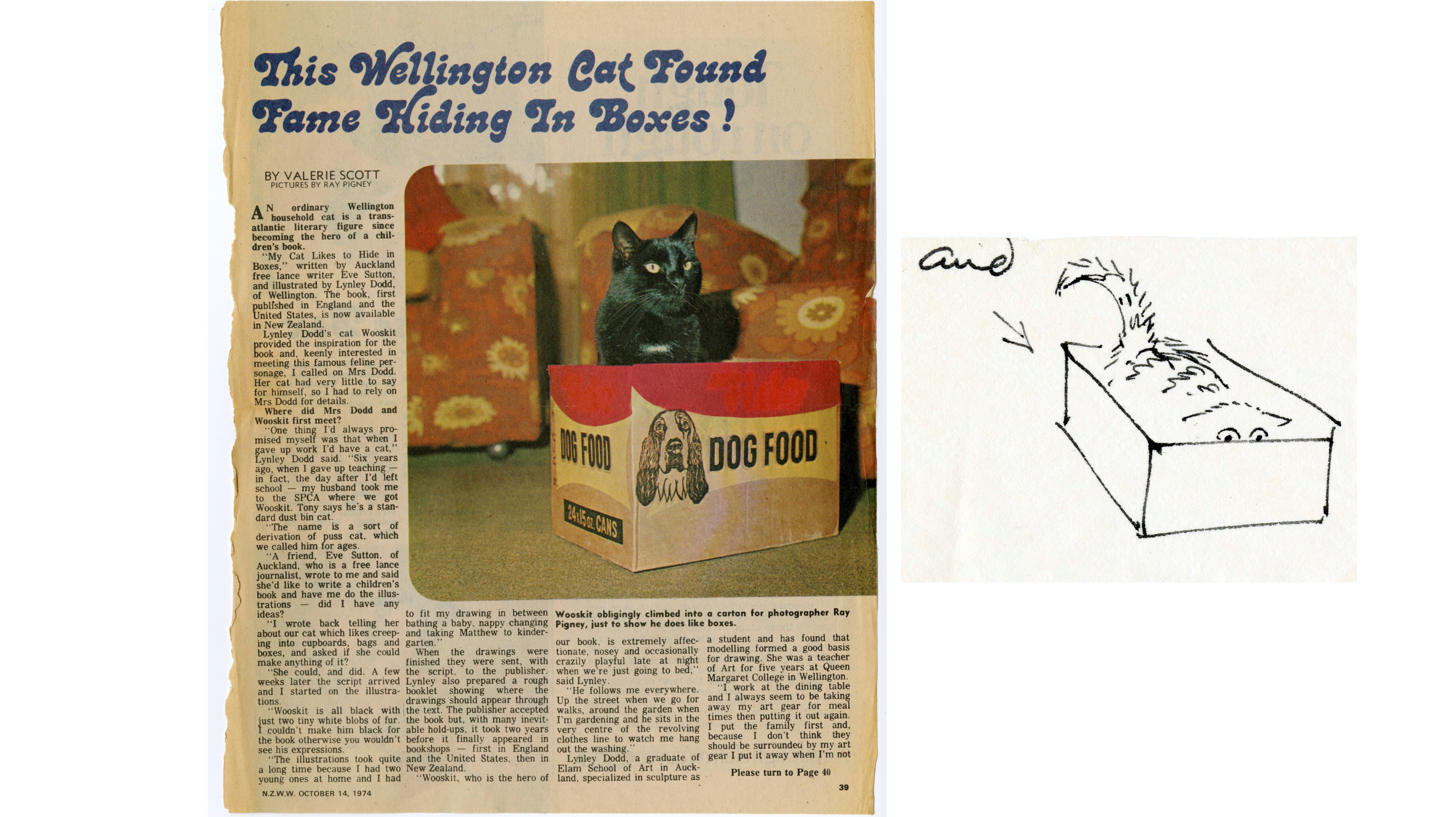
With the spark ignited, Eve and Lynley began to compile the book. Distance proved a challenge, as Eve lived in Auckland and Lynley in Wellington. They collaborated via post. Eve would finish some words and send them down to Lynley. At that time, they didn’t know how many pages a picture book should even have, and so created too many characters for the final cut. According to Lynley, the cat from Rome (who likes to stay at home), was illustrated with a bunch of grapes and a laurel wreath, but didn’t end up in the book.
Eventually, they had text, pictures, and a dummy booklet to send to publishers Hodder and Stoughton.
As the story goes, the head of Hamish Hamilton, the company’s children’s imprint, was visiting from London and happened to see the book. Lynley said, ‘And she picked it up and said, I’ll have that. Which is not the way it normally happens.’
My Cat was published two years later, first in the United Kingdom, then New Zealand, then the United States. It skyrocketed in popularity and has remained in print ever since. Because sales began before digital recording, and the book is published around the world, a true picture of just how many copies have been sold is difficult to come by. Almost 30,000 books have flown off the shelves since 2011 in New Zealand and Australia alone. In the United Kingdom, it’s sold around 230,000 copies since 2007. A special edition is sold in Korea, Japan, China, Hong Kong, Indonesia and Vietnam for English language students – the book looks exactly the same but contains a special carbon layer, along with a ‘SayPen’ which users hover over the words to hear it spoken.
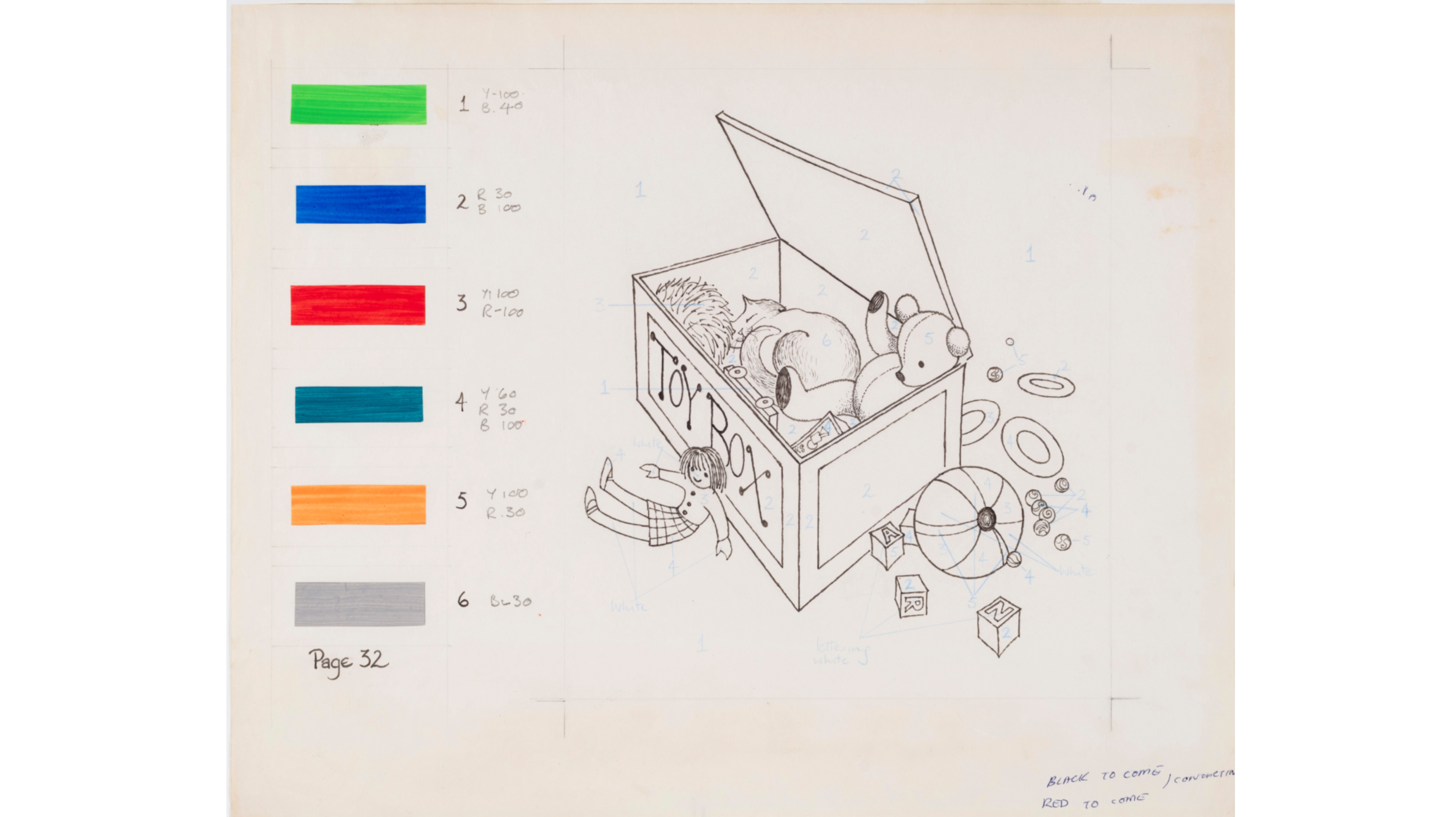
For four-year-old me, the book was the perfect zeitgeist. Cats, foreign destinations, and a trotting rhyming couplet that trips off the tongue and sticks in the brain.
Rosamund Feeney, who did her Master’s research into what makes picture books attractive for kids, says this ticks all the boxes – rhyme, repetition, relatability and great illustrations. ‘Rhyme and repetition help children guess what the next words are and feel more involved in the story, even before they can read. This is also an age where kids are learning their identity and place in the world, and books like My Cat help them explore that.’
It says something that I haven’t picked up a copy of the book in over twenty years, and I can still recite much of it from memory.
My poetry gene came from my paternal grandmother, along with my love of cats. I probably drove her – and the rest of my family – mad with my repeated requests for this story, but I feel like she happily repaid me by leaving me her large and eccentric collection of cat ornaments.
Granny wrote poems about all the cats in our family, and when I was old enough, she helped me learn to do the same.
Luckily for me, there was plenty of inspiration. At one point we had seven cats, along with Max the dog, two budgies, numerous fish, and an orphaned lamb my mother had found in a paddock and insisted on bringing home.
Our Manx cat, Crackles, gave birth to four kittens in a box under my parents’ bed when I was five. I was told not to disturb them, but any time someone wasn’t watching, I would crawl into the room and lay down flat right next to the bed. The box was out of reach but it had a low lip and I could see the tiny faces peering over the edge. I would lay with my cheek pressed to the carpet and watch them until I was discovered and ushered away.
There’s a universality to cats hiding in boxes. A cursory search on YouTube proves the rule – Maru, the Japanese cat who valiantly attempts to get into boxes in increasingly small sizes; zoo and wildlife feeds showing lions and tigers getting into equally large boxes; countless housecats slumbering in their cardboard castles. Wikipedia suggests that felines feel safe in confined spaces – as well as being cosy, which is important for an animal that sleeps up to 20 hours a day.
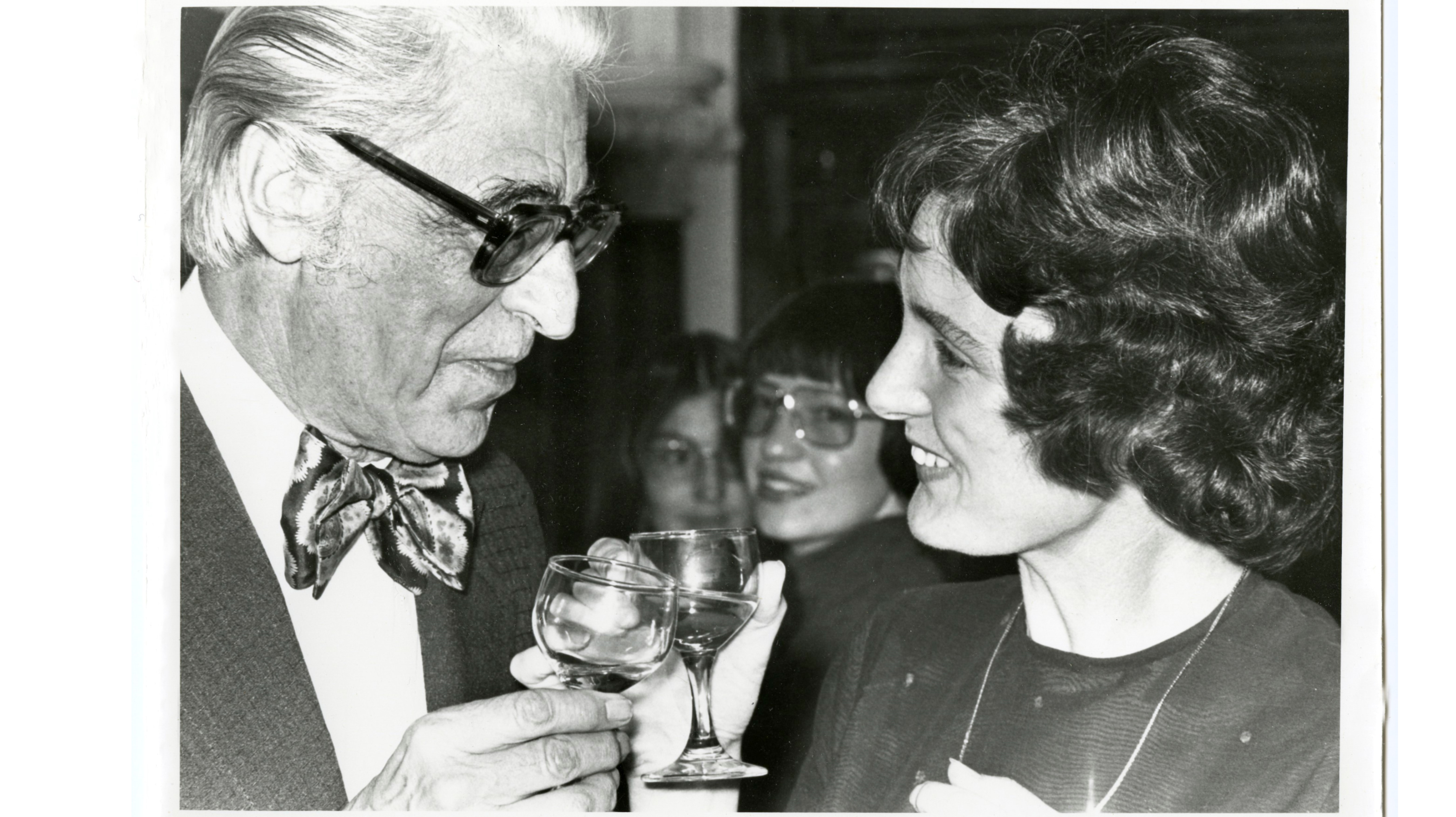
Eve and Lynley didn’t know they were onto a winner, until the book started to sell. And sell. And sell. In 1975, it won the Esther Glen Medal for Junior Fiction – and Lynley met her hero Dr Seuss at the awards ceremony (pictured above). She recalls him reciting a ‘mad poem’ about ‘his Cat in the Hat coming to see my Cat in the Box, all in “cat” words like “catamaran” and “catastrophe”.’
Following the resounding success of My Cat, Lynley went on to create, among other things, the ‘Hairy Maclary’ series, while Eve began writing books for slightly older children.
Eve’s son Martin was embarrassed by all the hubbub at the time, but has two daughters who both enjoyed it when they were younger – ‘to the extent we now have three cats in the house.’
Lynley, meanwhile, received a fan message saying, ‘I love your books but I like Dr Seuss better.’ She dutifully passed it on, and Seuss’s reply included a sketch of his own famous cat, saying, ‘My cat still likes to hide in boxes!’
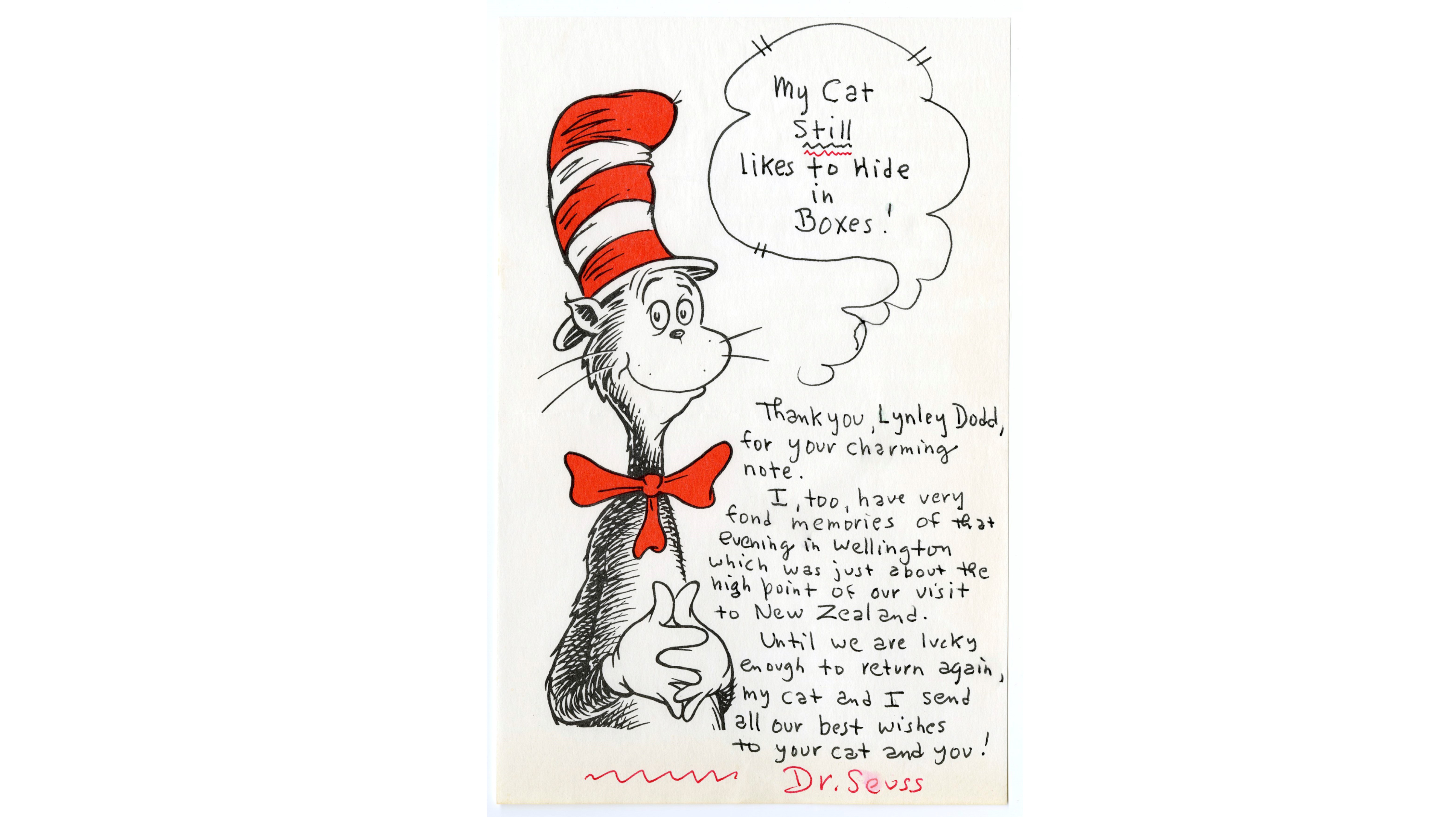
Last year for my birthday, I was given a new computer monitor. It arrived in a long shallow box. Immediately upon opening, my cat took up residence, and has slept or played in it every day since.
My birthday is in January. Sixteen months and I haven’t had the heart to throw away that box.
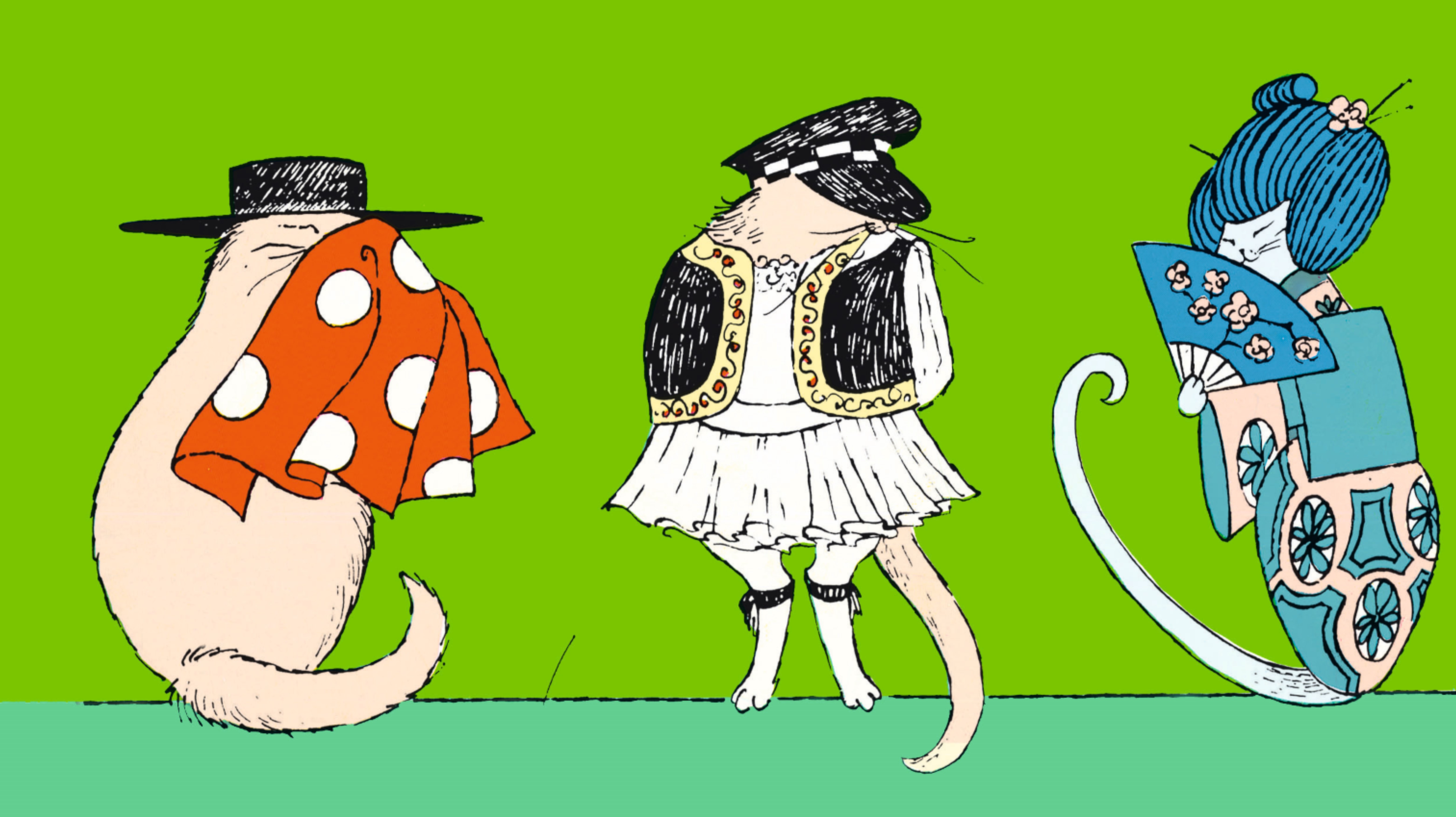
Thanks to Lynley Dodd and Penguin Random House for the anecdotes, facts and figures, and for permission to reproduce words and images from The Life and Art of Lynley Dodd by Finlay Macdonald (2013).

Sarah Lin Wilson
Sarah Lin Wilson is a freelance writer, sometimes PR hack and full-time cat mum from Nelson. She's written for New Zealand Geographic, The Wireless, Radio New Zealand, Sportand Booksellers New Zealand and appeared in the anthology Headlands(VUP) in 2018. As a child she perfected the art of the 'fake stomach bug' in order to stay in bed and read. As an adult she finds it refreshing not having to lie anymore about her priorities.



